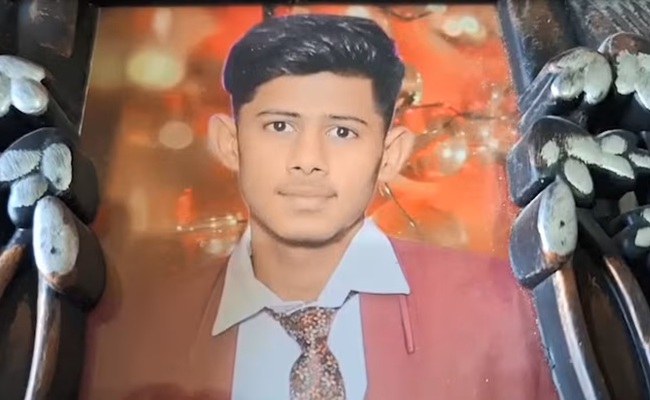
The shocking death of 19-year-old college student Rahul Bharti in Faridabad, Haryana, has once again revealed how artificial intelligence can be misused in the worst possible way.
Rahul, a second-year DAV College student, took his own life after being blackmailed with obscene, AI-generated images and videos of his three sisters.
The accused, identified as Sahil, allegedly demanded twenty thousand rupees and threatened to make the visuals viral.
Chat records show that he taunted and even provoked Rahul to die by suicide. Another suspect, Neeraj Bharti, was also named by the victim’s family.
The police have registered a case and described the incident as a serious example of cybercrime and AI misuse.
This incident is a heartbreaking reminder that technology, when left unregulated, can destroy lives. Artificial intelligence tools capable of creating fake visuals are spreading faster than the laws that govern them.
While prominent personalities such as actor Chiranjeevi have gone to court to protect their image and likeness, ordinary citizens rarely have that privilege.
The government’s responsibility is to guarantee the same privacy and dignity to every person, not only to public figures.
India urgently needs strict and clear AI regulations that punish the creation and sharing of deepfake content with severe penalties, stronger sections than IPC 509, related to Insulting the modesty of a woman, that includes obscene messages or morphed photos.
Cybercrime units must be strengthened to trace and arrest culprits quickly so that victims do not suffer prolonged harassment.
Alongside stronger laws, there must be widespread awareness campaigns in schools, colleges and online platforms to educate people about digital threats and reporting mechanisms.
Rahul Bharti’s death should not fade into statistics. It should be the turning point that pushes authorities to act suo motu and make India’s digital space safe, respectful and fair for all its citizens.












